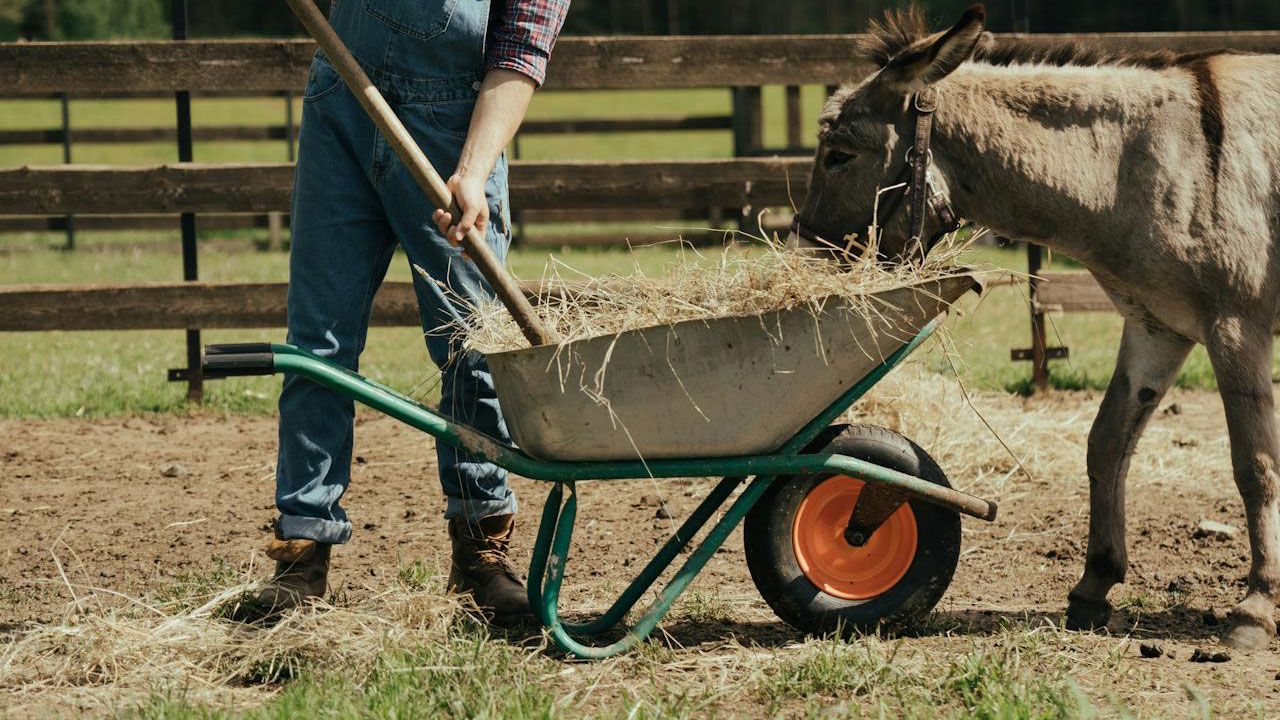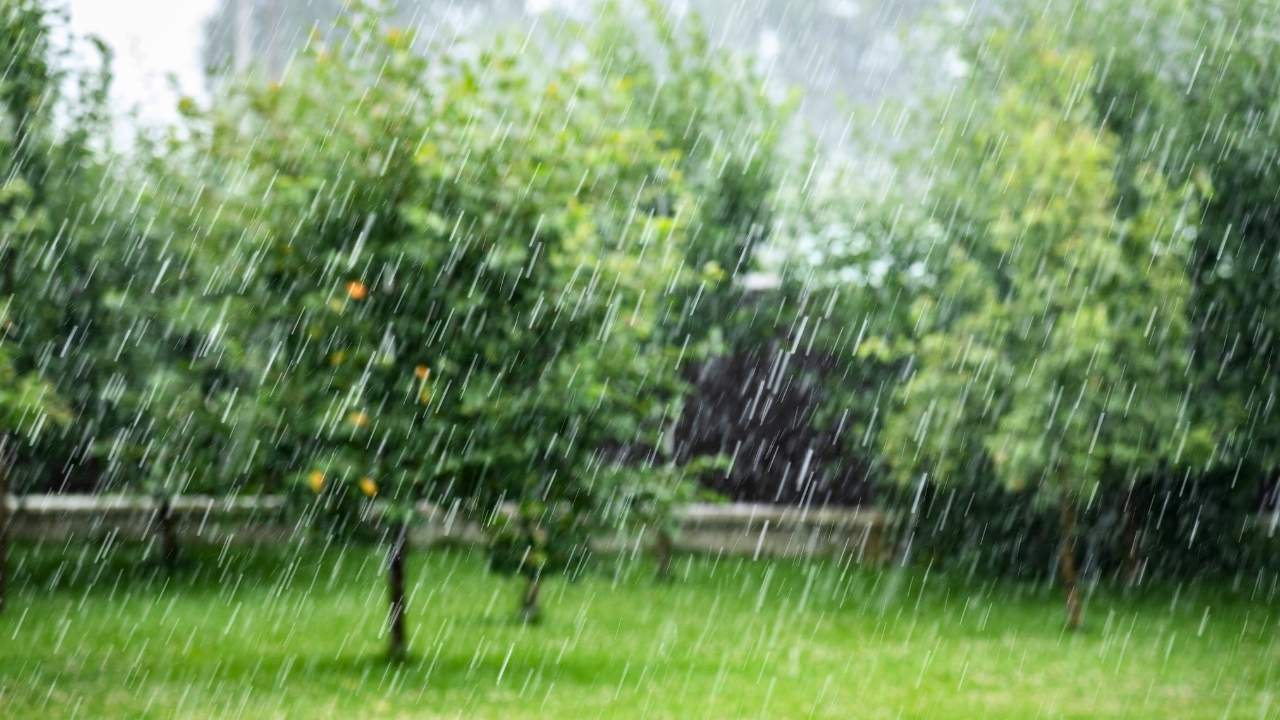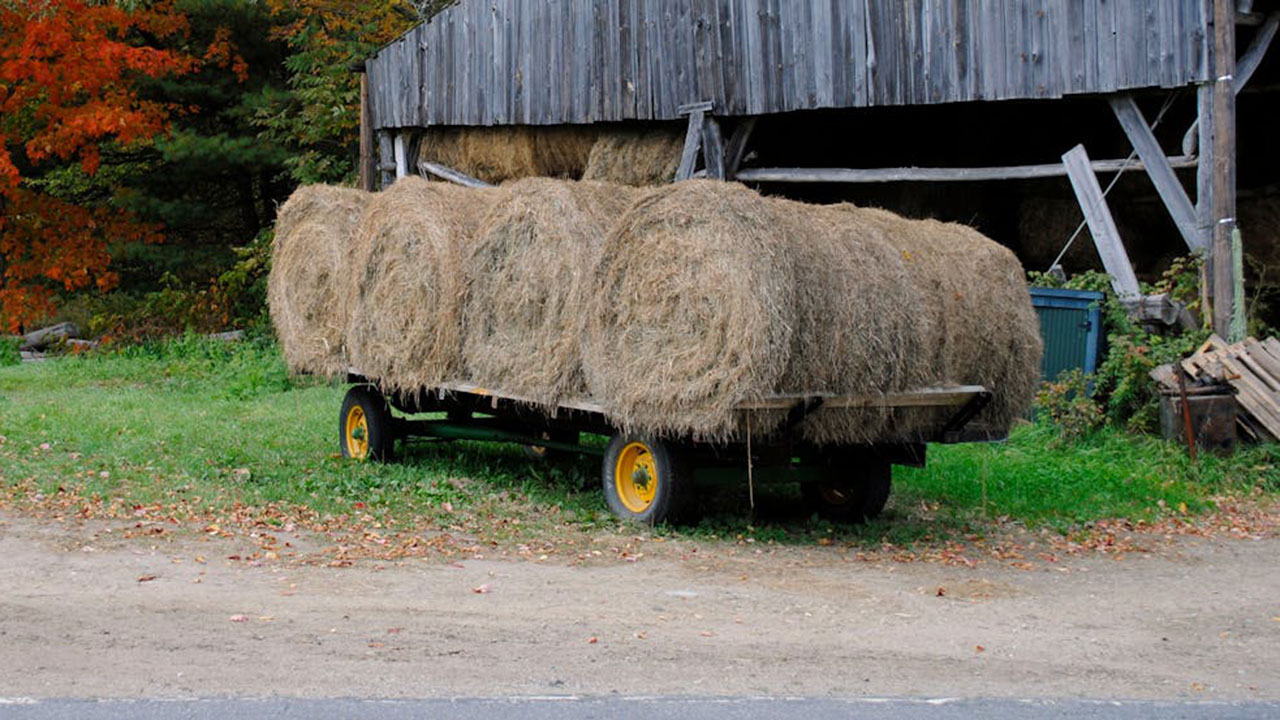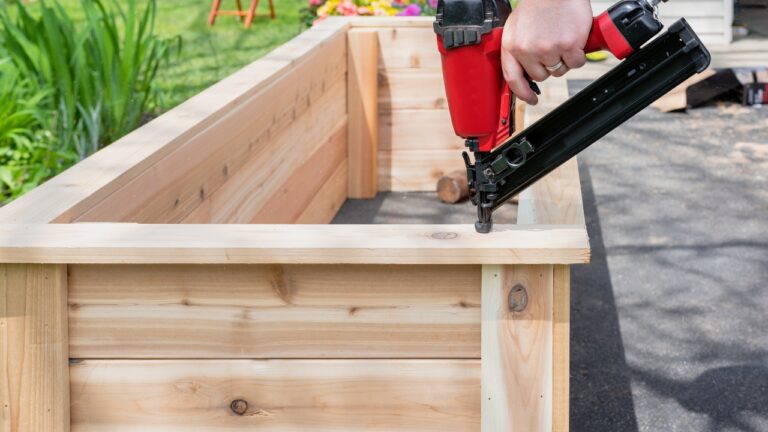8 Signs Your Land Setup Isn’t Working Like It Should
If things feel more frustrating than functional, there’s probably something off in how your land is set up. It’s easy to overlook these issues in the beginning—especially when everything’s new and you’re figuring it out as you go. But a poorly thought-out setup can cost you time, money, and a whole lot of energy down the road.
If you’re constantly backtracking, stuck in mud, or fighting your tools, your layout might be working against you. Here are eight signs your land setup needs rethinking.
You’re Always Moving Stuff Just to Get to What You Need

If every chore starts with dragging five things out of the way, that’s not efficiency—it’s chaos. A good setup keeps your go-to tools and supplies accessible without needing a full-blown shuffle every time you want the wheelbarrow. Think paths that stay clear, designated tool zones, and enough storage to keep things out of your way. You shouldn’t need a treasure map to find the feed buckets.
Water Runs Where It Shouldn’t

If you’ve got standing water near buildings, flooded paths, or erosion after every rain, your drainage is working against you. And once water starts pooling in the wrong places, it’s only a matter of time before you’ve got bigger problems. A proper setup considers slope, runoff, and where that water’s going to collect. Fixing it after the fact is always harder than planning for it from the start.
You Can’t Drive Anywhere After It Rains

If a light rain turns your entire property into a swamp, your access routes aren’t cutting it. Whether it’s gravel, base rock, or just smarter path placement, you need a way to get where you’re going without tearing up the yard or getting stuck. A solid land setup includes usable access in all kinds of weather—especially for things like hauling feed or firewood.
Animal Pens Are Too Far from the House

When the chickens or goats are so far out you dread checking on them, you’re going to miss stuff. Daily care, quick checks, and middle-of-the-night issues all get harder the farther out your animals are. It’s not about crowding everything close, but if it’s a whole hike just to collect eggs, your setup might be more inconvenient than practical.
You’re Constantly Fixing the Same Issues

If you’ve patched that fence three times or keep reinforcing the same muddy gate area, it’s time to rethink your layout. Repeated fixes usually mean the original plan wasn’t built for how you actually use the space. Long-term success comes from setups that reduce friction—not ones that keep you stuck in a repair loop.
There’s Nowhere to Park Equipment Without Blocking Something

If parking the mower means you can’t access the shed—or storing the trailer blocks the water spigot—you’ve got a layout issue. You don’t need a massive driveway, but you do need designated spaces that don’t create new problems. Good land flow keeps equipment parked out of the way but still within reach.
You Can’t See Important Areas from the House

If you can’t glance out the window and check on the coop, the kids, or the barn, you’re missing out on a key part of smart land setup—visibility. You don’t need to micromanage every square foot, but being able to quickly spot problems (or predators) can make a big difference.
You Don’t Actually Use Half the Spaces You Built

If you’ve got a compost pile you never touch, a path that leads to nothing, or a shed that’s too inconvenient to use, that’s wasted effort. A well-functioning setup means each area serves a purpose—and gets used. It’s not about having more, it’s about making what you do have work smarter.
*This article was developed with AI-powered tools and has been carefully reviewed by our editors.







